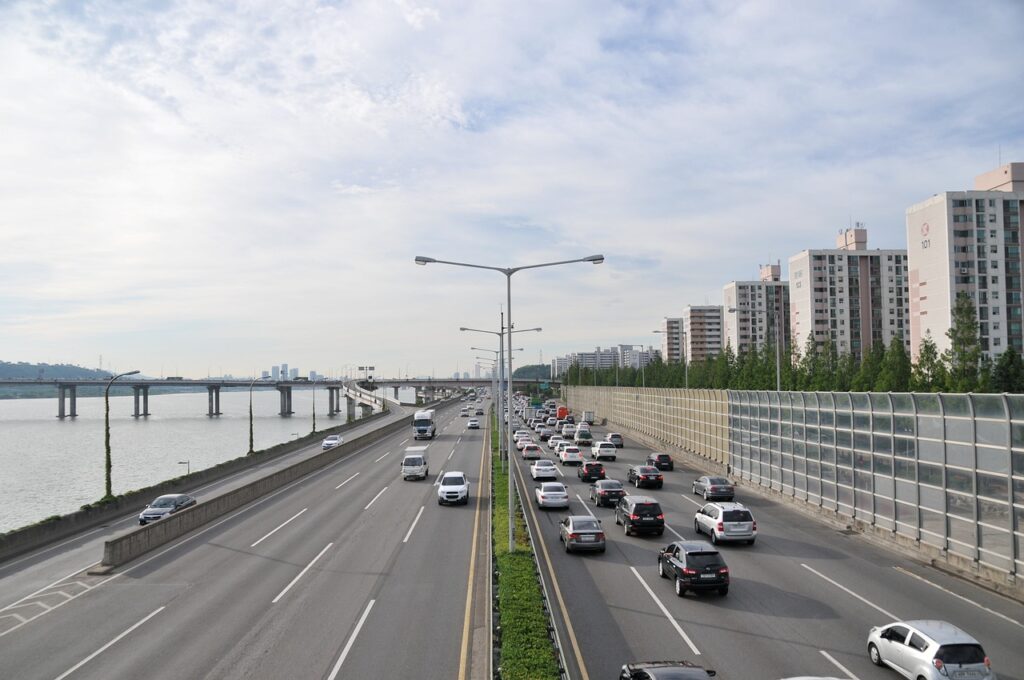Comprehensive coverage is an essential component of auto insurance, designed to protect your vehicle against a wide range of non-collision-related risks. This type of coverage provides financial security by covering damages caused by events that are typically beyond your control. Understanding what comprehensive coverage protects against can help you decide whether it’s a necessary addition to your insurance policy.
Key Risks Covered by Comprehensive Coverage
1. Theft
Comprehensive coverage reimburses you for the value of your vehicle if it is stolen. This protection is crucial in areas with high theft rates or if your vehicle is a target due to its model or value.
2. Vandalism
Damage caused by intentional acts, such as keying, spray painting, or breaking windows, falls under comprehensive coverage. The policy covers repair costs to restore your vehicle to its pre-damage condition.
3. Natural Disasters
Comprehensive coverage protects against damages caused by natural events, including:
- Floods
- Hailstorms
- Hurricanes
- Tornadoes
- Earthquakes
4. Fire and Explosions
If your vehicle is damaged or destroyed by fire or an explosion, comprehensive coverage ensures that you’re financially protected. This includes damages caused by wildfires or accidental fires.
5. Falling Objects
Damages resulting from falling objects, such as tree branches, rocks, or debris, are covered under comprehensive insurance. This protection is particularly beneficial if your vehicle is often parked outdoors.
6. Animal Collisions
Comprehensive coverage applies if your vehicle is damaged by a collision with an animal, such as hitting a deer or other wildlife.
7. Glass Damage
Cracked or shattered windshields, side windows, or rear windows are typically covered. Many insurers also offer separate glass protection as part of comprehensive coverage.
What Comprehensive Coverage Does Not Cover
While comprehensive coverage provides extensive protection, it does have limitations. It does not cover:
- Damages caused by collisions with other vehicles or objects (covered by collision insurance)
- Normal wear and tear
- Mechanical breakdowns
- Personal items stolen from your vehicle
For a detailed understanding of how this coverage works, visit What Is Comprehensive Coverage and How Does It Work?.
Benefits of Comprehensive Coverage
1. Peace of Mind
Knowing your vehicle is protected against a broad range of risks provides peace of mind, especially in unpredictable situations like natural disasters or theft.
2. Preservation of Vehicle Value
Comprehensive coverage ensures that you won’t face significant financial losses if your vehicle sustains damage from covered events.
3. Compliance with Lease or Loan Requirements
If you’re leasing or financing your vehicle, comprehensive coverage is often required by the lender.
Filing a Claim for Comprehensive Coverage
In the event of a covered loss, follow these steps to file a claim:
- Assess the damage and ensure safety.
- Notify your insurer as soon as possible.
- Gather necessary documentation, including photos of the damage and a police report (if applicable).
- Submit the claim form along with supporting documents.
- Work with the claims adjuster to evaluate the damage and receive your payout.
For a step-by-step guide, check out How to File a Claim for Commercial Vehicle Insurance.
Real-Life Example: Comprehensive Coverage in Action
Imagine a hailstorm damages your parked car, leaving dents and a cracked windshield. Without comprehensive coverage, you would have to pay for the repairs out of pocket. However, with this coverage, your insurer reimburses the repair costs (minus your deductible), saving you hundreds or even thousands of dollars.
Is Comprehensive Coverage Right for You?
Consider adding comprehensive coverage to your policy if:
- You live in an area prone to natural disasters or high theft rates.
- Your vehicle is expensive or difficult to replace.
- You want added peace of mind for unpredictable risks.
Comprehensive coverage is a versatile and valuable part of an auto insurance policy, providing protection against theft, vandalism, natural disasters, and more. By understanding the risks it covers, you can make an informed decision about whether this coverage suits your needs and ensures the financial protection of your vehicle.



